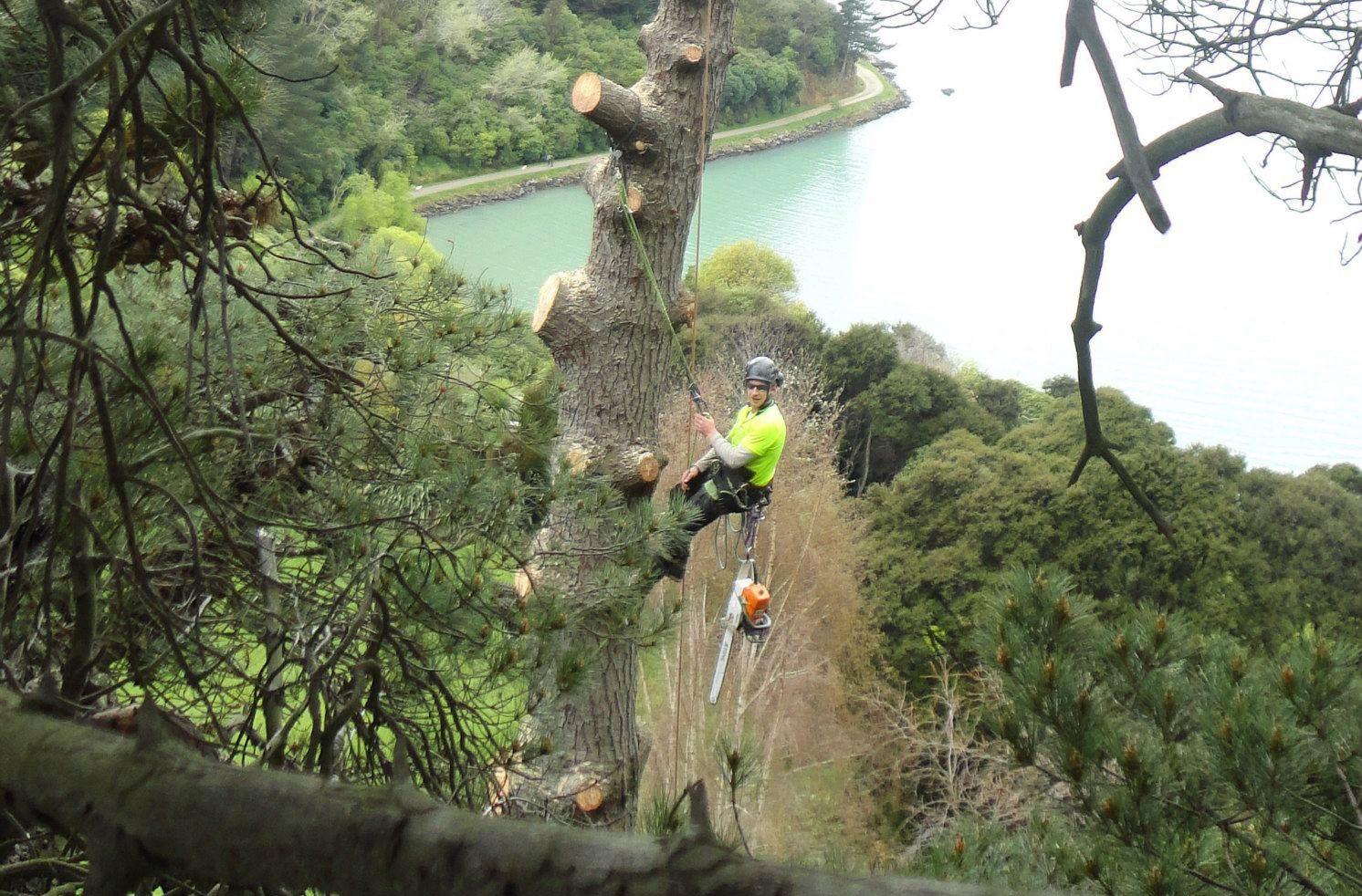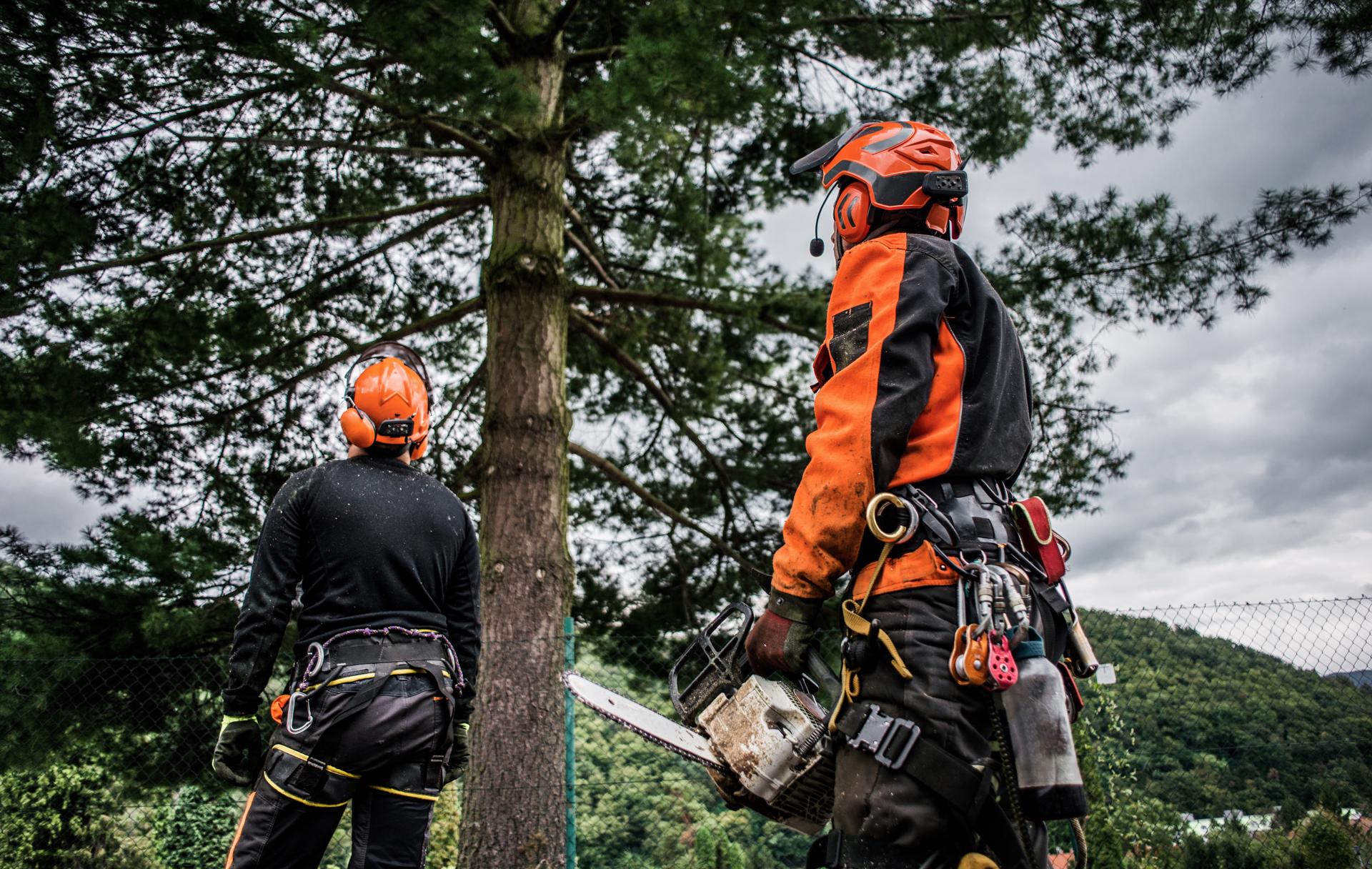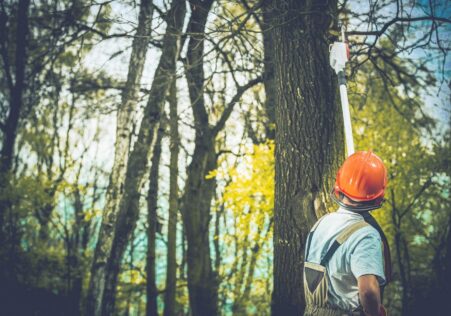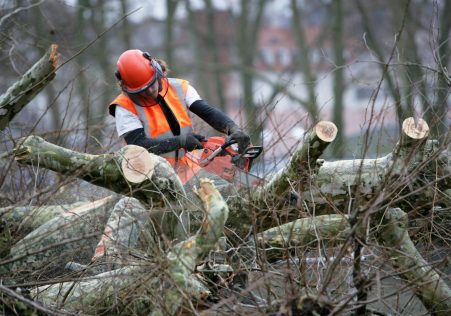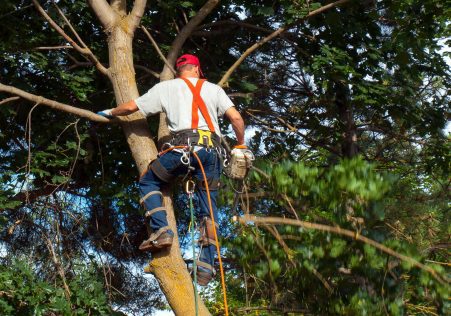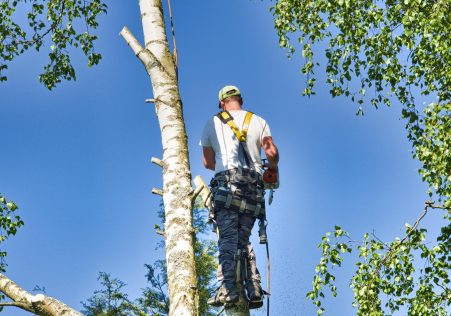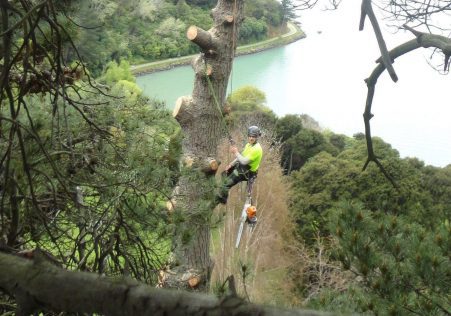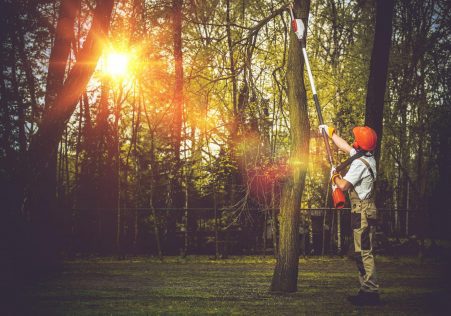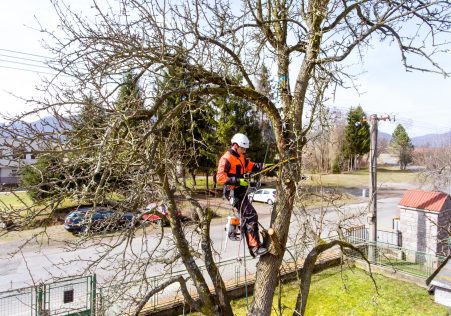How to Spot a Dying Tree Prior to it's Overdue
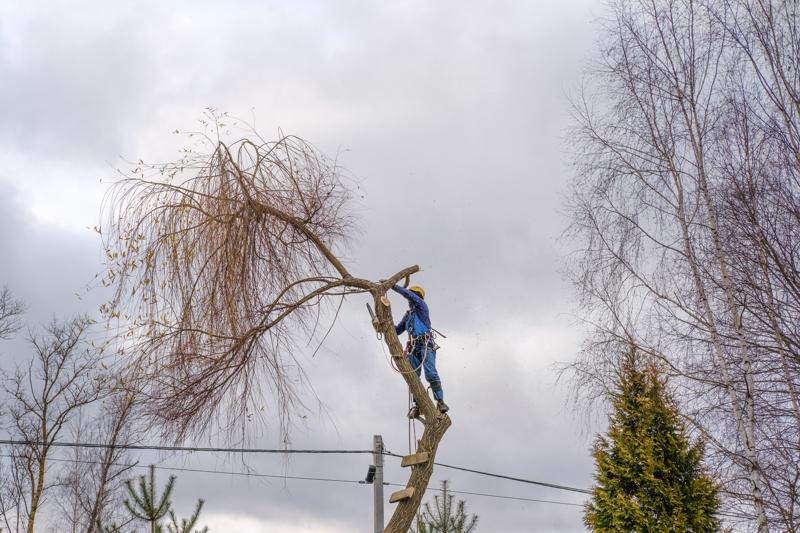
Tree removal is a difficult and potentially dangerous task. If a tree is dead, diseased, or at risk to fall, the tree might need to be removed to avoid damage to property and ensure safety. But how do you tell when a tree must be cut down? In this article, we’ll walk you through the warning signs to look out for and help you figure out when it’s time to call in the experts.
Dead or dying trees
One of the obvious signs that a tree needs to be removed is if it’s dead or dying. Dead trees lack leaves and can appear dead. If a tree has no leaves or any signs of new growth, it’s probably dead. In addition, the bark of dead trees may be dry, cracked, or peeling.
Trees that are diseased
The trees that are sick could pose a danger to the other plants and trees in the area. The signs of disease that are common on trees are yellowing leaves, wilted branches, and mushrooms growing at the root or the trunk. If you suspect that your tree may be diseased It is essential to have it examined by a professional arborist.
Leaning Trees
Trees that are leaning towards one side could indicate that the root system is failing, and the tree could be at risk of falling. To determine if a leaning tree could be a threat, check for cracks or broken areas in the trunk, and then look at the soil around the tree’s base. If you see any of these signs it is recommended to have the tree evaluated by an arborist.
Overhanging Branches
Trees with overhanging branches that are in close proximity to power lines or structures can pose a risk to the safety of your property and personal safety. If you are concerned regarding branches that hang overhanging, it’s best to have the tree evaluated by an arborist who can determine whether removal or pruning is necessary.
FAQs
How do I know when a tree has died?
A tree is considered dead when it lacks leaves and has no signs of new growth. In addition, the bark of a dead tree could be cracked, dry, or peeling.
What are the signs of a diseased tree?
The most common signs of disease in trees are yellowing leaves, wilted branches, and mushrooms growing at the base of the tree.
Can you safely remove the tree by yourself?
Tree removal is a complex and dangerous task. It is best to leave the task to professionals to protect you and your family members.
Conclusion
When you’re dealing with tree removal, it’s crucial to be able to identify the indications that a tree should be cut down. By being aware of the indicators of dying or dead trees, diseased trees tree leaning, and hanging branches You can take action to ensure the safety of your property and those around you. If you suspect that there is a tree in your yard that must be removed and you are unsure, call Wollongong Tree Removal for a professional review. Our arborists with years of experience have the expertise and tools to handle all the tree removal requirements. Don’t take any chances with your safety. If you believe that there is a tree in your yard that must be removed, call Wollongong Tree Removal today for a professional evaluation. Our expert arborists will provide you with the security that comes from knowing your property is safe with us. Call us today to 02 4203 3595 to schedule an appointment.

